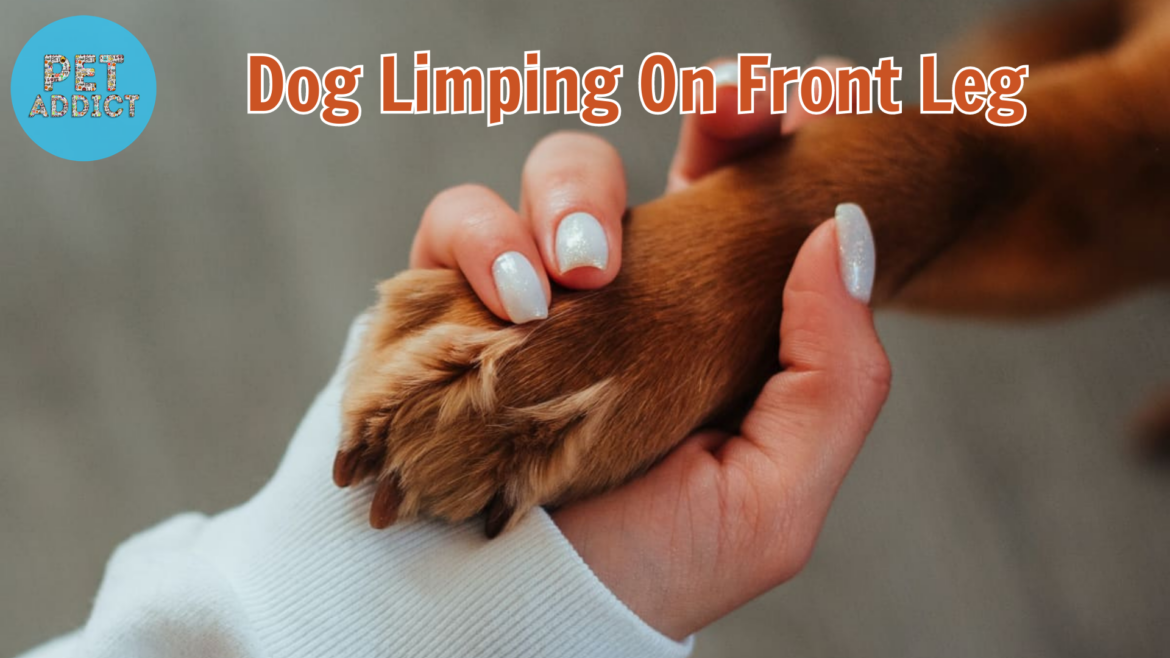When your furry friend starts limping on their front leg, it can be a worrisome and distressing situation. As a responsible pet owner, it’s essential to provide proper care and support to help your dog through this difficult time. In this article, we will discuss various home support methods to aid your limping dog and improve their well-being. Remember, while these tips can be helpful, it’s always best to consult with a veterinarian to determine the underlying cause and receive professional guidance.
PetAddict.net – The best place where you can find everything about your pet!
Understanding Dog Limping
What Causes Limping in Dogs?
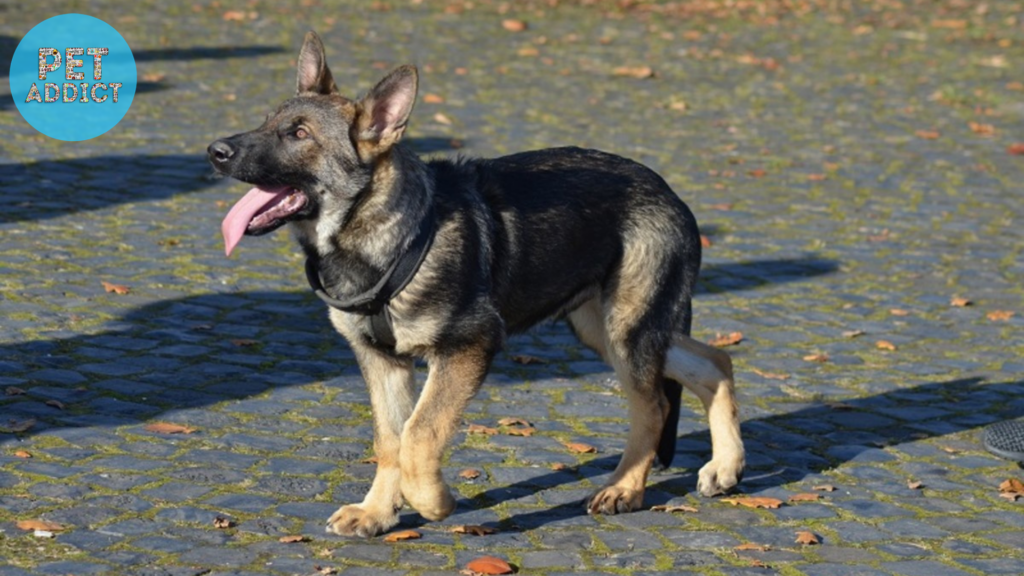
Dog limping on a front leg can be caused by various factors, including:
- Injuries: Sprains, strains, fractures, or dislocations can cause limping in dogs.
- Arthritis: Joint issues like arthritis are common in older dogs and can lead to limping.
- Infections: Bacterial or viral infections can cause pain and lameness in dogs.
- Muscle Weakness: Weak muscles can result in difficulty bearing weight on the affected leg.
Recognizing the Signs
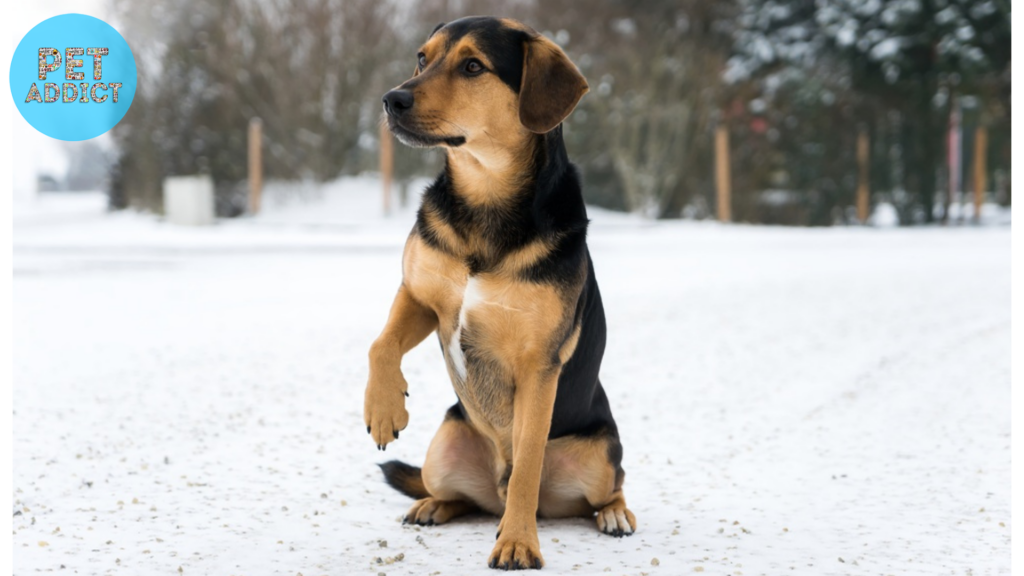
- Change in Gait: Watch out for any noticeable change in your dog’s walking or running pattern.
- Whining or Yelping: Limping dogs may vocalize their pain through whining or yelping.
- Licking or Chewing: Constantly licking or chewing a particular leg may indicate discomfort.
- Swelling or Bruising: Check for any swelling or bruising around the affected area.
Home Care Tips for a Limping Dog
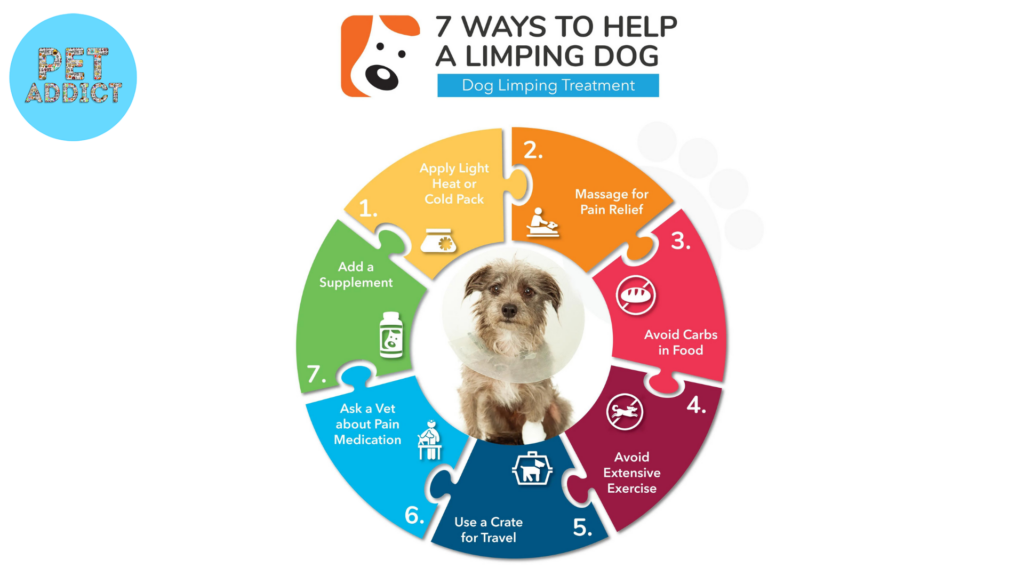
Rest and Restricted Movement
To allow your dog’s injured leg to heal, ensure they have plenty of rest and limit their physical activity. Avoid activities that may exacerbate the condition, such as jumping or running.
Create a Comfortable Environment
Designate a quiet and comfortable area for your dog to rest. Provide a soft bed or cushion to support their body and reduce pressure on the injured leg.
Apply Cold Compress
Applying a cold compress to the affected leg can help reduce inflammation and provide pain relief. Use a cloth or towel wrapped around ice packs and apply it to the injured area for 10-15 minutes, several times a day.
Elevate the Leg
Elevating the injured leg slightly can help reduce swelling. Use a soft pillow or cushion to prop up the leg when your dog is resting.
Gentle Massage and Heat Therapy
A gentle massage around the affected area can promote blood flow and alleviate muscle tension. Additionally, heat therapy, such as using a warm towel or heating pad, can provide comfort to your dog’s sore muscles.
Anti-Inflammatory Diet
Consult your veterinarian about incorporating anti-inflammatory foods into your dog’s diet. Omega-3 fatty acids and certain fruits and vegetables can help reduce inflammation and support joint health.
When to Seek Veterinary Care
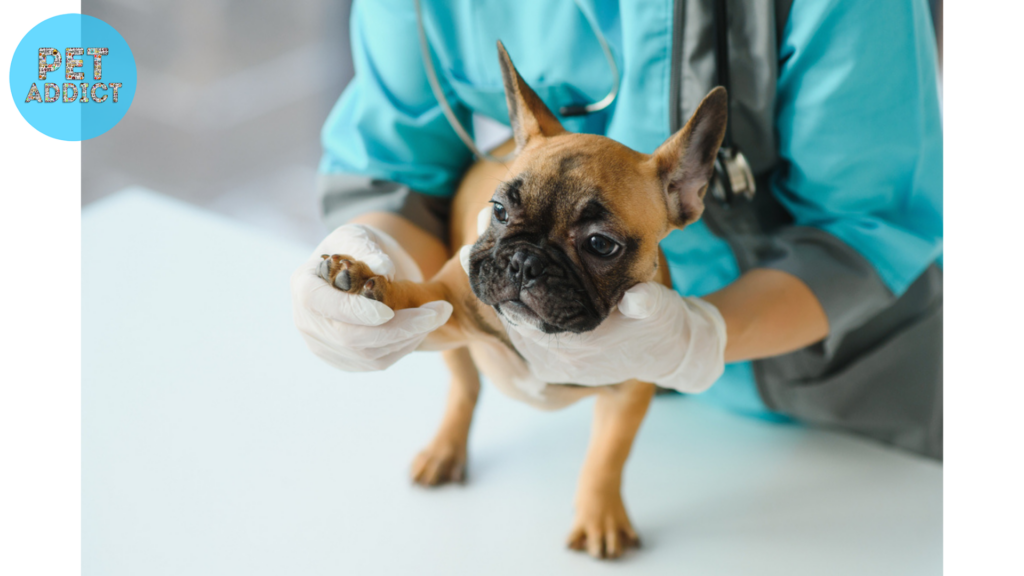
While home support can be beneficial, there are instances where immediate veterinary care is necessary. Contact your veterinarian if you observe any of the following:
- Persistent limping for more than 24 hours
- Visible fractures or dislocations
- Intense pain or discomfort
- Signs of infection
- Reluctance to bear weight on the leg
- Limping after a traumatic injury
Conclusion
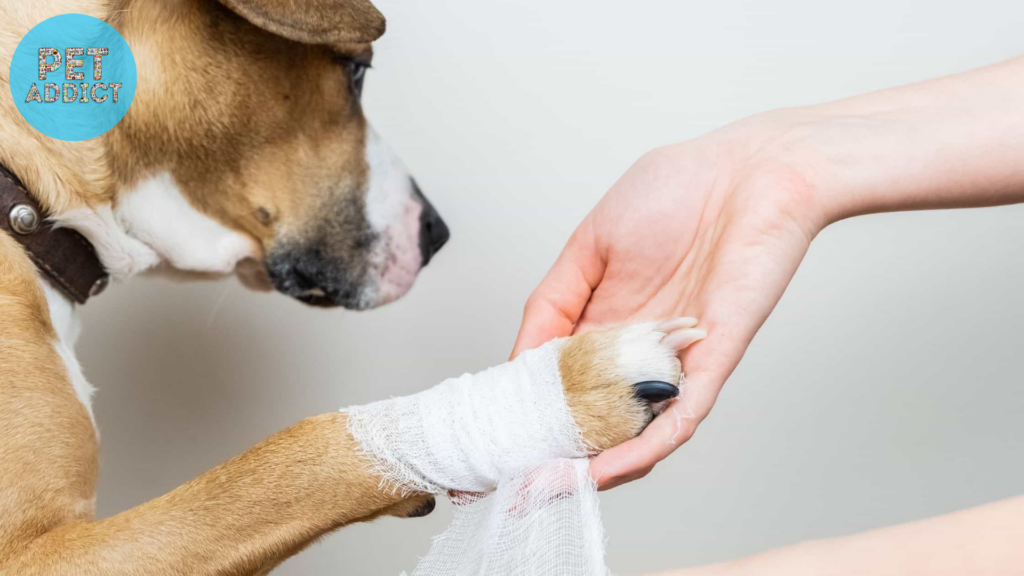
Caring for a dog with a limping front leg requires patience, love, and attention. By providing the right home support, you can aid in your pet’s recovery and alleviate their pain. Remember, always seek professional veterinary advice to identify the root cause of the issue and receive proper treatment.
FAQs
- Can I give my dog over-the-counter pain medication? It’s best to avoid giving your dog any medication without consulting a veterinarian first. Some human pain medications can be toxic to dogs.
- How long does it take for a dog’s leg to heal after an injury? The healing time can vary depending on the severity of the injury. Minor sprains may heal within a week, while more severe injuries may take several weeks.
- Can a limping dog still go for short walks? It’s essential to limit your dog’s physical activity during the healing process. Short, slow walks for bathroom breaks are generally acceptable, but consult your vet for specific guidelines.
- Is it normal for older dogs to limp more frequently? Yes, older dogs are more prone to joint issues like arthritis, which can lead to limping. Regular veterinary check-ups and proper care can help manage these conditions.
- What if my dog’s limping doesn’t improve with home care? If your dog’s limping persists or worsens despite home care efforts, schedule a follow-up appointment with your veterinarian for a comprehensive examination.

